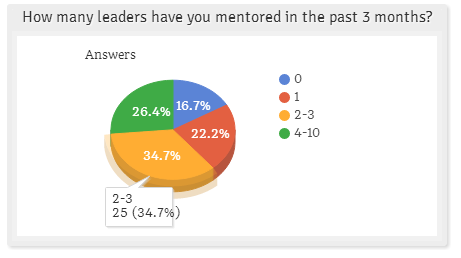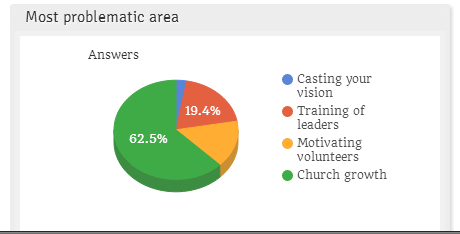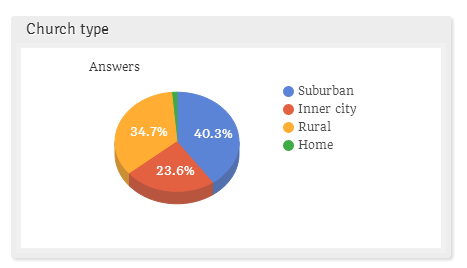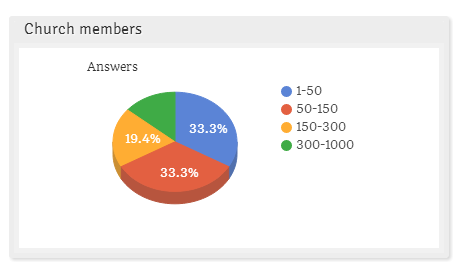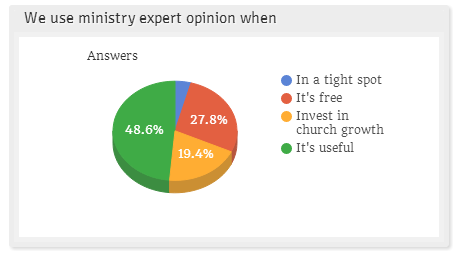Revival in Progress
When we wrote back in March and again last month, we could hardly imagine what God had in store for our area. After three full weeks of revival with the Ballplay (9/17-22), Friendship (9/25-30) and Conasauga (10/2-5) churches, three more revivals are on our schedule this month. Swept by the wave of the Spirit, several independent churches have joined in with parallel meetings, thus multiplying the expected attendance exponentially. Impressed to extend the revival through November, our next 20+ consecutive meetings will be in revival tents by the highway. Meanwhile all across the country of Bulgaria:
- Pandemic has grown to the level of “mandatory” mask mandate across the country
- Importing Ukrainian “war grain” sparked multiple anti-government protests in Bulgaria
- As a result, the 5th government elections in Bulgaria since the pandemic will be in October
- A new NATO base (est. $55 mil.) will be built within the next few months next to my hometown of Yambol, which is bringing new attention to our Chaplaincy program there.
We appreciate your prayers and support at all times. We remain grateful for your commitment and partnership with our work for the Kingdom here in the States, Europe and beyond.

SIGNS of the LAST DAYS: People will not believe the signs

RESTORING GOD’s church…

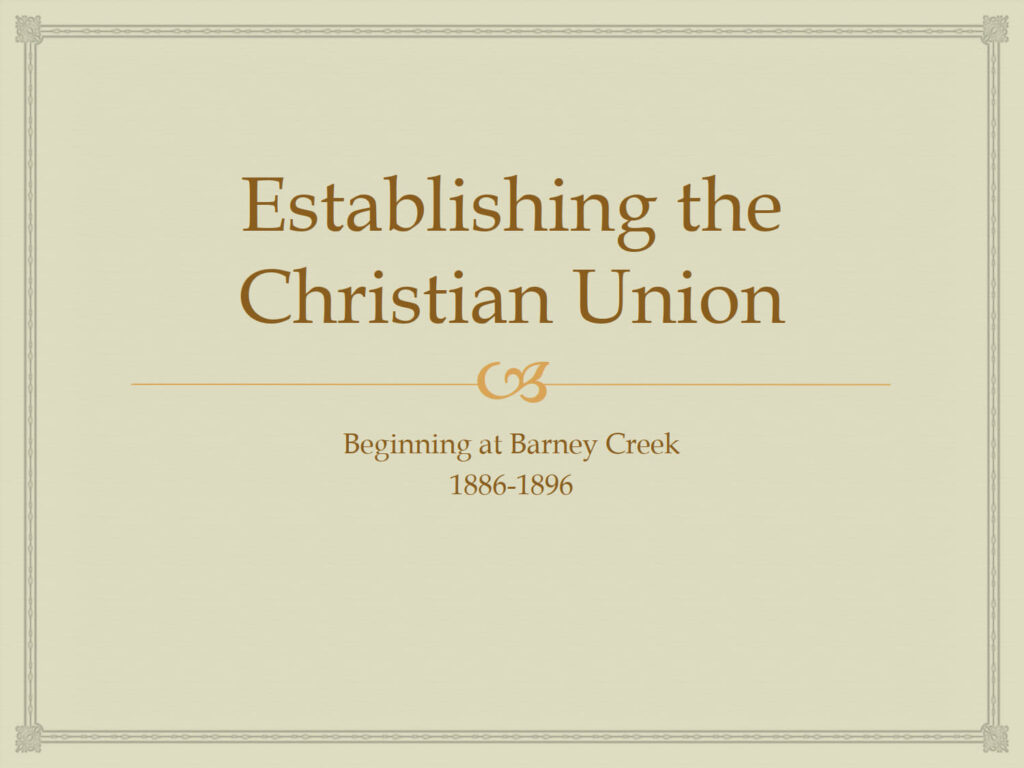
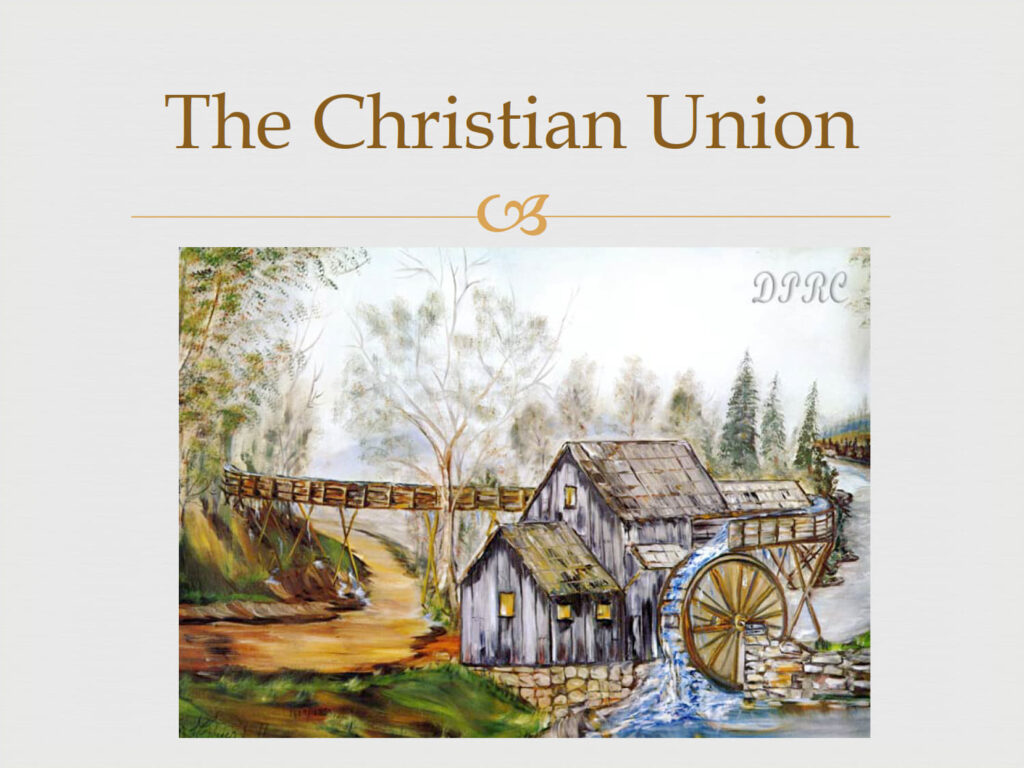
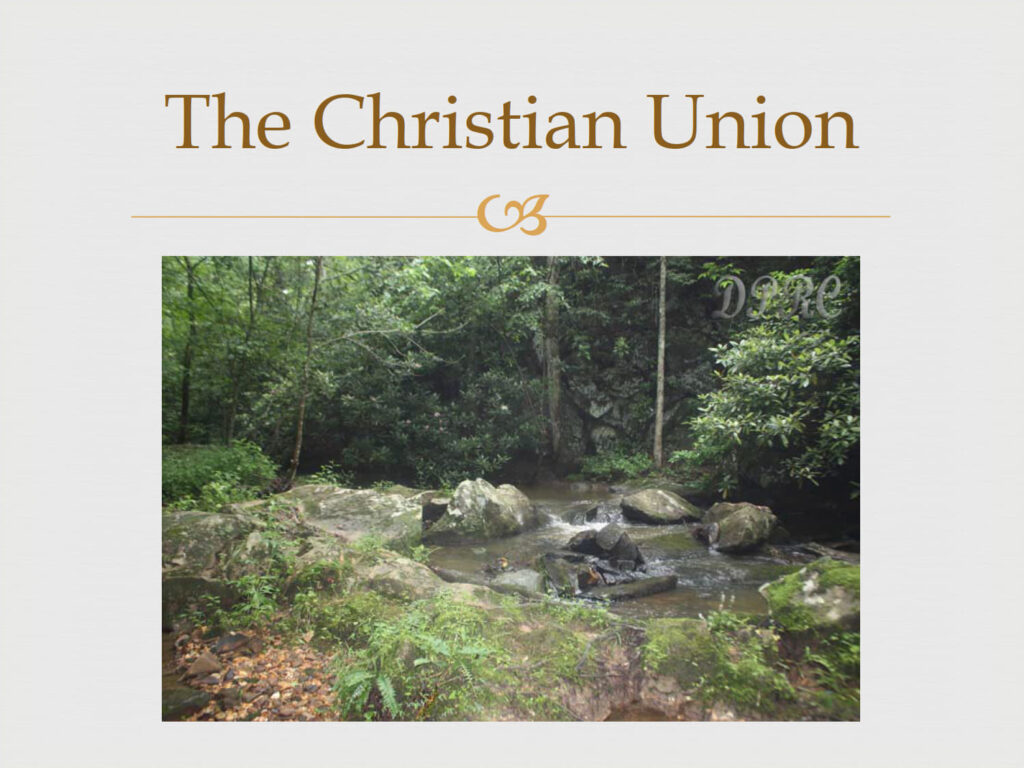
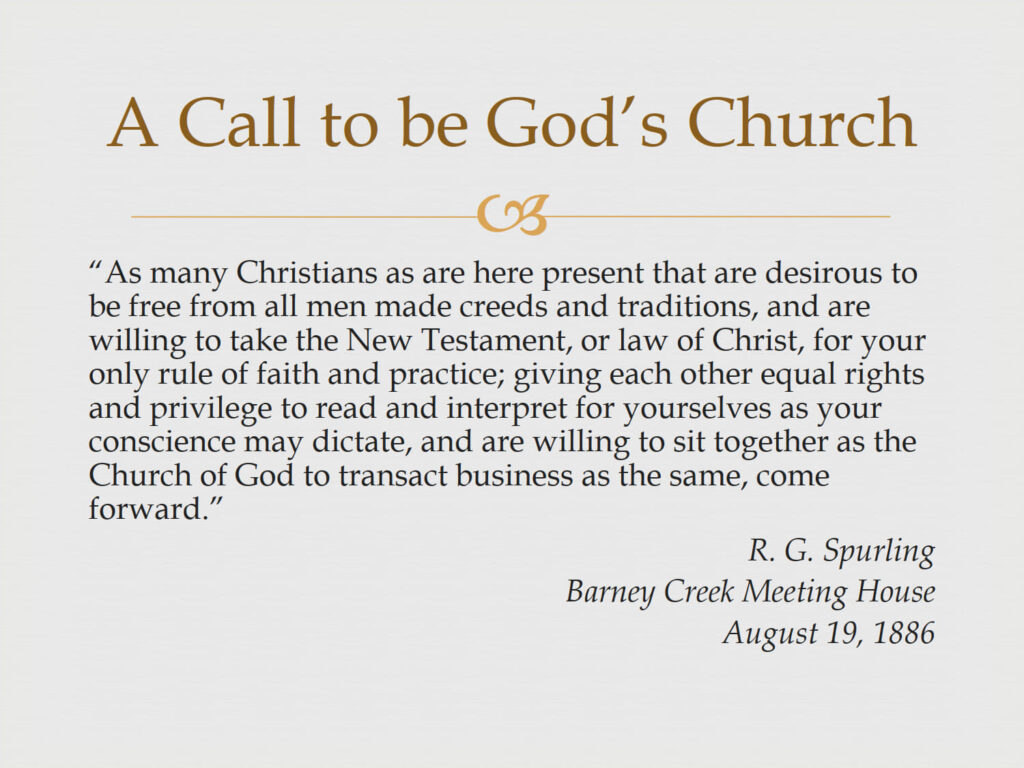

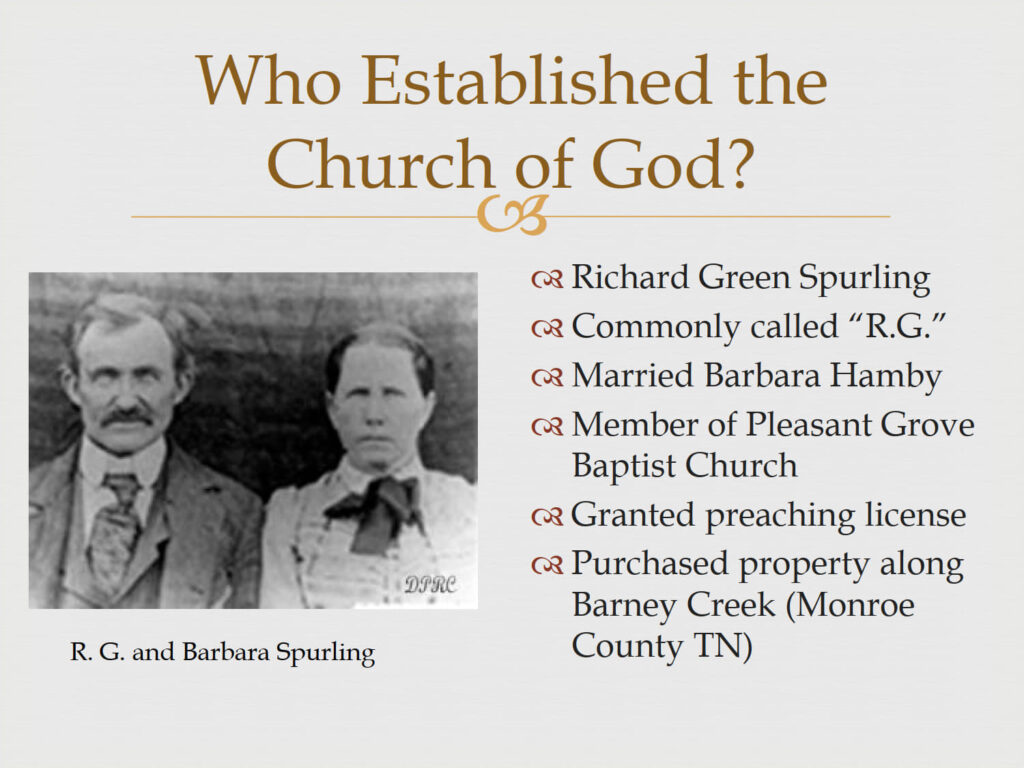
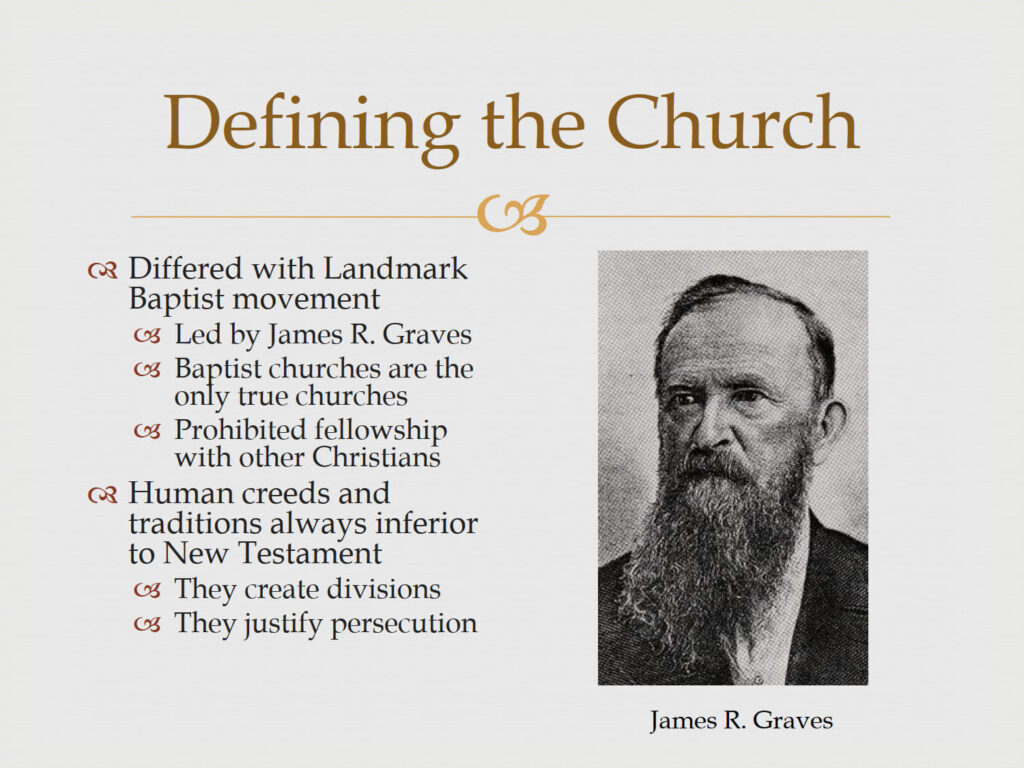

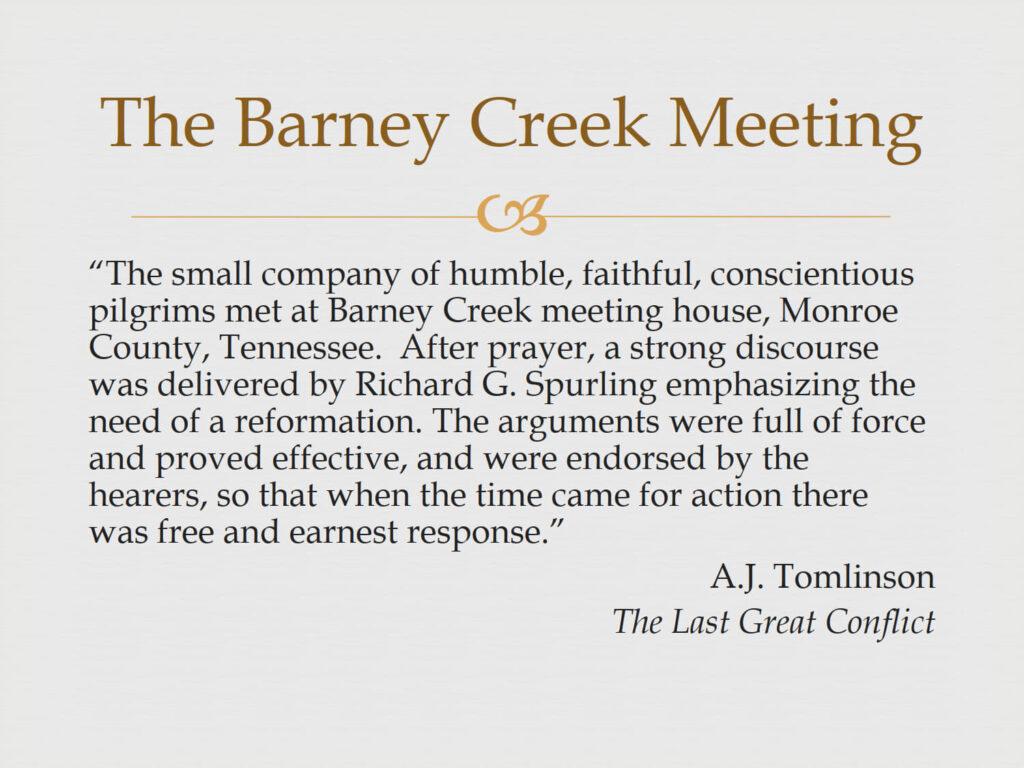
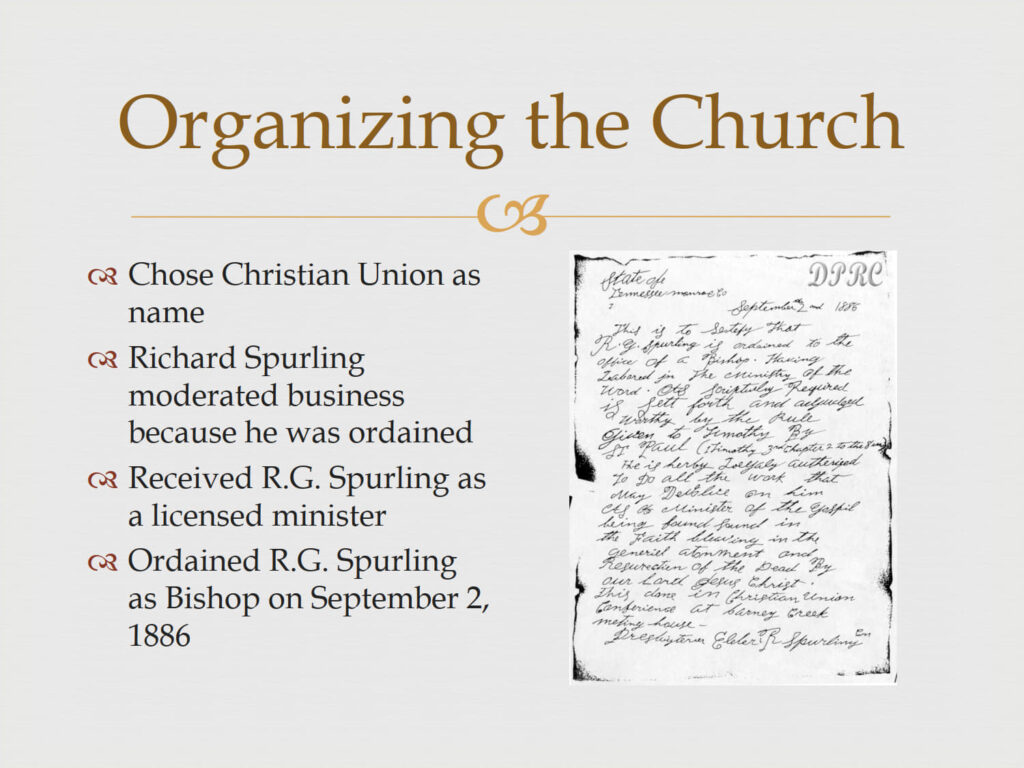
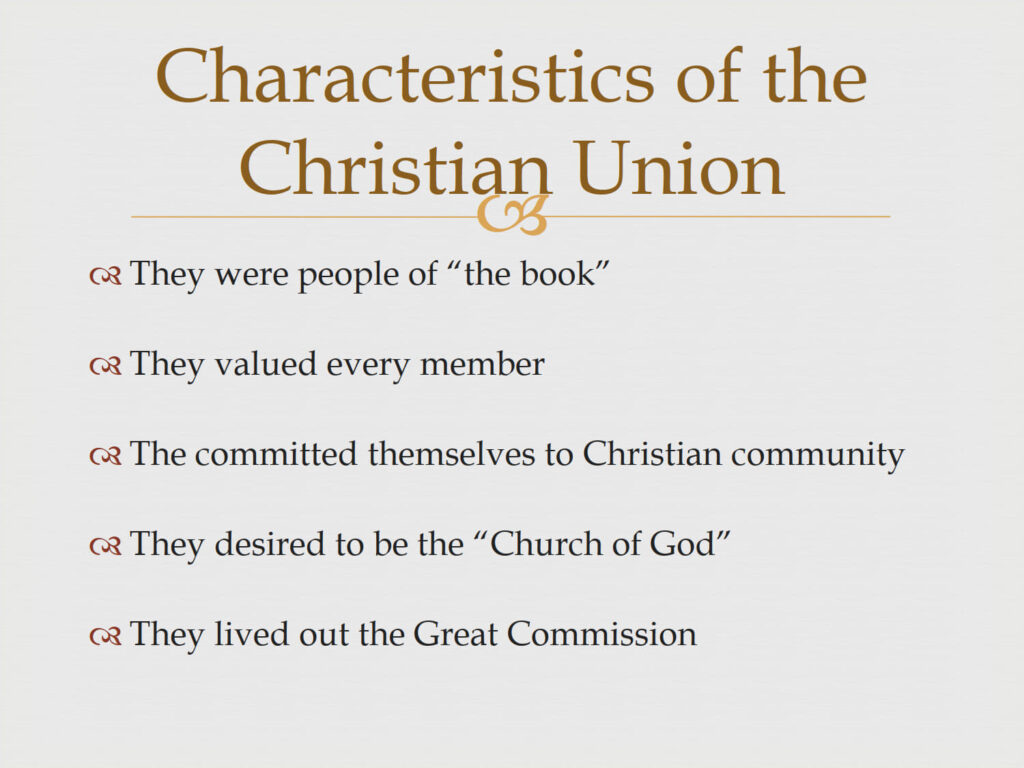

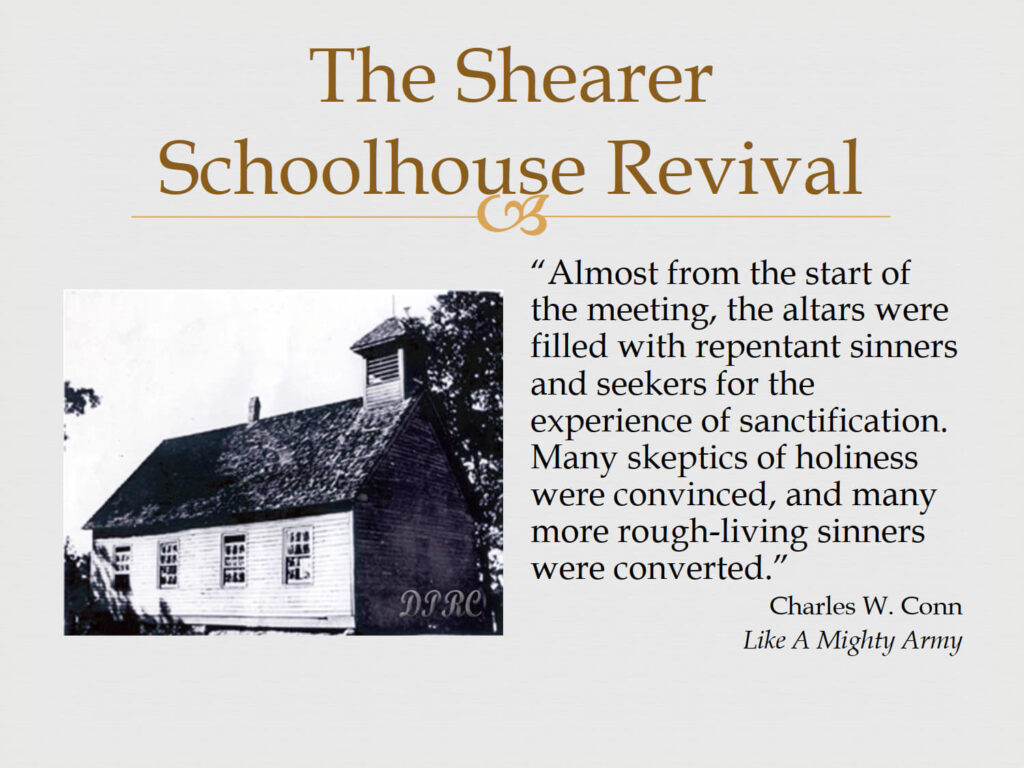
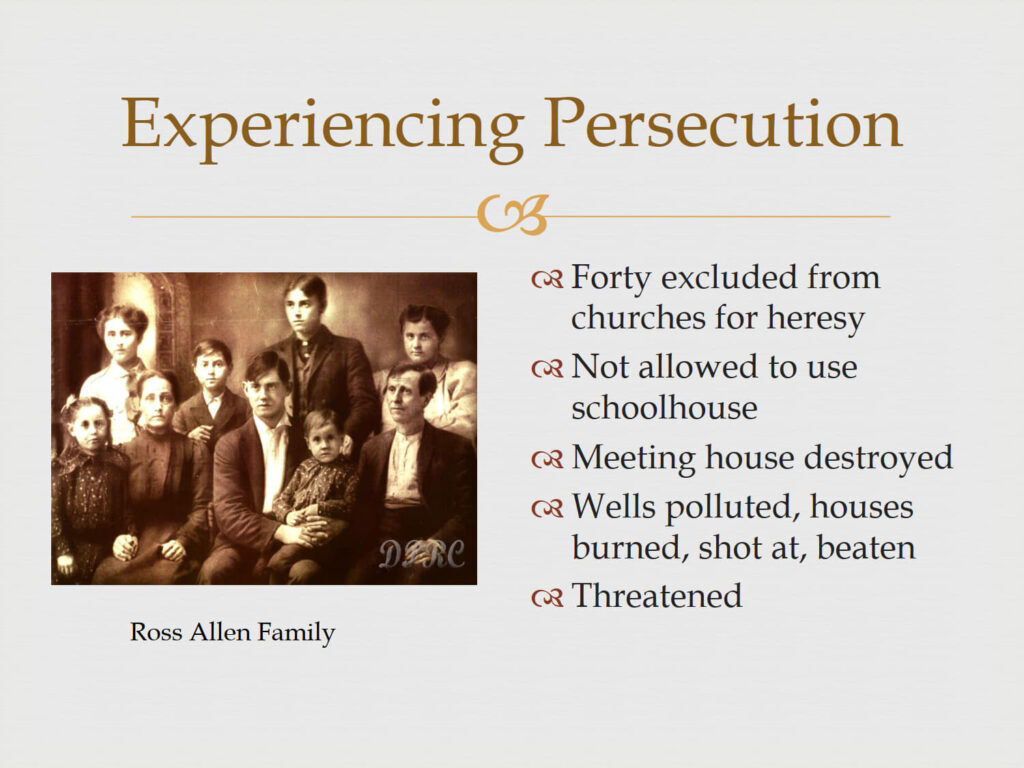


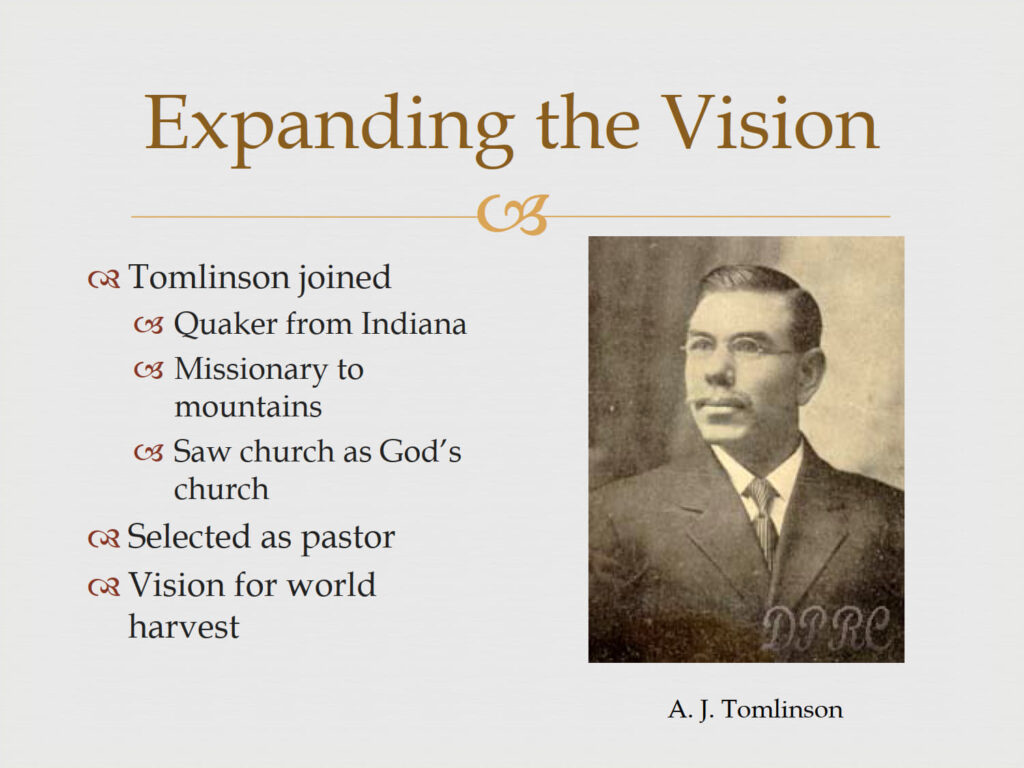

The Story of the 1896 Shearer Schoolhouse Revival at Barney Creek
Schearer Schoolhouse revival
In 1896, a revival was begun in a little schoolhouse near Murphy, North Carolina. Strong opposition to it arose almost immediately. When opponents of the revival tried to stop it violently, the people who lived in the humble home shown below, gave it protection. They had no way of knowing that the revival they protected, would bear the fruit of 15,000 churches being started around the world in the 100 years that followed.
When unknown & unheralded preachers, connected to the Fire-Baptized Holiness Association, William Martin, a Methodist preacher, Joe M. Tipton and Milton McNabb, members of the Baptist church, walked from their homes in Monroe County, TN to begin a revival at the Schearer Schoolhouse in Murphy County, North Carolina, they had no way of knowing that what would happen there would still be blessing people a hundred years later. Possibly as you read this true story, you may labor in a place that seems isolated or far removed from the light of recognition and popularity, but what you do faithfully day by day, is planting seed now that will rise up as blessings throughout the years to come. As the song says, “Little is much when God is in it.” Martin, Tipton and McNabb (to our knowledge there are no photos of them) began the revival with one motive, to share Christ with anyone who would listen so their neighbors to spend eternity in hell.
Though they preached simple sermons about Christ and living a holy life, all during the spring of 1896 and on into the summer, amazing and phenomenal Holy Spirit motivated events took place at the Schoolhouse revival. If someone had asked them what a “Pentecostal” was or how to be one, probably nobody there could have answered the question. They were Baptists, Methodists and prossibly a few Presbyterians attending the schoolhouse revival meetings. Once again, the Holy Spirit demonstrated that He moves where He wants upon the hearts that He chooses, regardless the person’s denominational membership or background.
DENOMINATIONAL MEN OPPOSED THEM
This is not intended to be against denominations. Much can be accomplished when people unite their efforts for spreading the Gospel. We should remember that what happened at the Schearer Schoolhouse, put them in direct conflict with their denominations. It was denominational men who opposed them. The disciples also had that conflict when they were before their organization’s Council, they said, ‘”We would obey God rather than man.”
Charles W. Conn, Church Historian for the Church of God and author of “Like A Mighty Army,” says that over 100 people received what is now referred to as “The Baptism of the Holy Spirit” at the Schearer Schoolhouse revival. That’s a big crowd when one considers the population was very sparse (it’s not too crowded in that area even today). Conn’s historical account says, “They laughed (interesting), rejoiced, praised, spoke in tongues and danced for joy.”
It is believed the Schearer Schoolhouse revival was the first time a group of people had received such blessings anywhere on this side of the Atlantic ocean. There had been scattered reports of individuals, some in the NY meetings held by Phoebe Palmer, that had experienced what people now call “speaking in tongues.”
C.T. Davidson, author of “Upon This Rock,” wrote this description. “In buggies and wagons, by horseback and walking, people came from miles around. The lives of hardhearted men and women were changed and sinners were constrained to make restitution as they sought forgiveness.” Davidson continued, “While many were blessed, others rejected the revival because it conflicted with their rituals, creeds and ecclesiasticism. Many faithful members were persecuted and excommunicated. One church excommunicated 30 of them at one meeting.”
Persecution became so intense until the revival was moved a short distance to a more secure log building. Some accounts say the sheriff, local ministers who opposed the revival and a mob of supporters, tore the building down log by log, piled them up and burned them. Without a place to worship, the meetings were finally moved to the tiny home of W.F. Bryant, a respected Christian leader in the community. Opponents came to his house and demanded that the meetings stop. They showered the home with stones and bullets but W.F. Bryant wouldn’t back down. Those who had received the blessings at the revival, began to believe then, as most Pentecostals do today, that what was happening among them first occurred in the Upper Room on the day of Pentecost and was a continuation of what happened there (The fifth book of the New Testament; Acts, Chapters 1 & 2).
Described by Charles W. Conn as pivotal to Church of God formation, a 1896 revival in Cherokee County, North Carolina provoked charismatic phenomena now familiar in pentecostal circles. (1) It is known that the primary evangelists–Martin, Tipton, and McNabb–were connected to the Fire-Baptized Holiness Association. In view of the imposing number of instances of tongues-speech spread throughout nineteenth century North America, (2) the well-traveled reports of such activities in certain circles and especially the presence of Daniel Awrey at Beniah, Tennessee, it seems reasonable to suggest the possibility that William Martin, Joe Tipton, and/or Milton McNabb were exposed to at least stories about tongues-speech before the 1896 revival. (3)
1. Charles W. Conn, Our First 100 Years: 1886-1986 (Cleveland: Pathway Press, 1986) 17, goes on to ascribe importance to the event because it “prepared the way for the universal outpouring that followed ten years later.” This is a welcome appraisal in light of an earlier judgment often bound up in the North American church’s self-perception, namely [Charles W. Conn, Like A Mighty Army (Cleveland: Pathway Press, 1977) 25]: “… this was the first general outpouring that would continue unabated until it encompassed the Christian world.” Cf. Charles W. Conn, Like A Mighty Army: A History of the Church of God: Definitive Edition, 1886-1995 (Cleveland: Pathway Press, 1996) 29-31. The re-evaluation process can be followed in Charles W. Conn, Cradle of Pentecost (Cleveland: Pathway, 1981) 17, “If it was not the beginning of the modern Pentecostal Awakening, it was certainly the greatest prelude to it.” Then “Church of God” by Charles W. Conn in Encyclopedia of Religion in the South, ed. by Samuel S. Hill (Macon: Mercer University Press, 1984) 160, calls this an “extraordinary event” “without precedent in the region.” On the other hand, Conn’s entry in the same volume on “A.J. Tomlinson,” repeats the older view espoused in Army. Conn’s piece on the revival in DPCM, 161, says the group “formulated no doctrine about it. They simply thanked God for the ‘blessing’ …” He opens the article by calling this “one of the earliest known outpourings of the Holy Spirit in America” in contrast to the closing statement that the “universal outpouring would begin ten years later, 1906, in far away California.” cf. E.L. Simmons, History of the Church of God (Cleveland: Church of God Publishing House, 1938) 11f; Crews, The Church of God, 10.
The official Church of God position seems entrenched in the earlier Conn view. During the 1995 Pentecostal World Conference in Jerusalem, Church of God started a celebration of their 100 years of pentecostal revival. This was to have culminated in the 1996 General Assembly of the Church of God. Meanwhile, this viewpoint continued to play a factor in the view expressed in the 1990’s Church of God web page (http://www.mindspring.com/~cog/cog.html) which originally trumpeted “America’s Oldest Pentecostal Church” then replaced with the equally loud “America’s First Pentecostal Church.”
Contrast this to the 2001 celebration in Los Angles of the birth of Pentecostism hosted by the Pentecostal World Conference, noting the planning began while the PWC was led by Dr. Ray H. Hughes of the Church of God. The Pentecostal Charismatic Churches of North America (PCCNA) signed on as partners and the North American Renewal Service Committee (NARSC) endorsed the event as an effort to celebrate all the offspring of the pentecostal revival.
2. Assemblies of God Heritage has analyzed several such examples like that of W. Jethro Walthall. See Glenn Gohr, “William Jethro Walthall and the Holiness Baptist Churches of Southwestern Arkansas,” Assemblies of God Heritage 12:3 (Fall 1992) 19f. Also: Mary Woodworth Etter, Signs and Wonders God Wrought in the Ministry for Forty Years (Indianapolis, 1916) 117; Wayne E. Warner, The Woman Evangelist (Metuchen: Scarecrow, 1986) 70n33; Brumback, Suddenly, 13; Kendrick, Promise, 35; Frodsham, Signs, 11-17; Cyril Williams, Tongues, 50; Bresson, Ecstasy, 109; Worsfold, Charismatic, 82; Lewi Pethrus, A Spiritual Memoir (Plainfield: Logos, 1973) 20; Aimee Semple McPherson, Lost and Restored as cited by Robert Cornwall, “Primitivism and the Redefinition of Dispensationalism in the Theology of Aimee Semple McPherson,” Pneuma 14:1 (Spring 1992) 37; A.M. Kiergan, Historical Sketches of the Revival of True Holiness and Local Church Polity from 1865-1916 (Fort Scott: Church Advocate and Good Way, 1971) 31; Davidson, Rock 1:298; C.E. Jones, “Tongues-Speaking and The Wesleyan-Holiness Question for Assurance of Sanctification,” Wesleyan Theological Journal 22:2 (Fall 1989) 120.
3. “History of Pentecost,” The Faithful Standard 1:6 (September 1922) 6, noted William Hamby as the fourth evangelist. Also Nettie Bryant, Interview p. 2, and W.F. Bryant, Interview p. 2. R.G. Spurling, Jr., married Barbara Hamby in 1876. So McCauley, “Appalachian Mountain Religion,” 360.
All About Bulgarian Chaplaincy in 2023
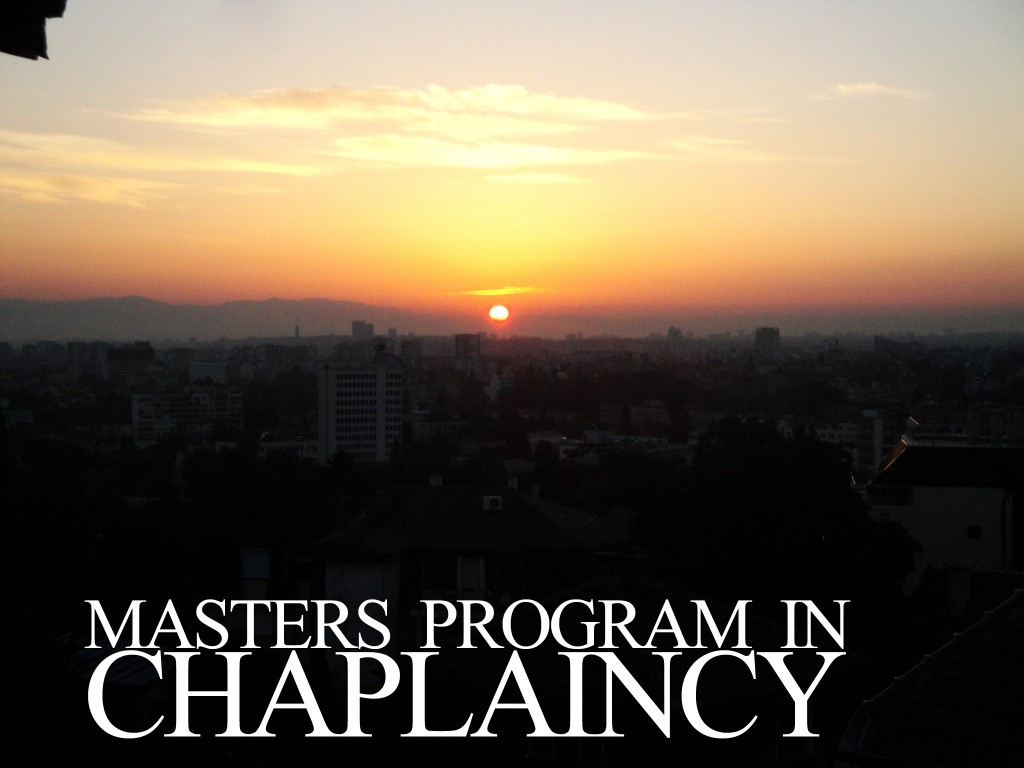
CHAPLAINCY MODEL WITHIN THE BULGARIAN ARMY (Submitted to the Manfred Wörner Foundation)
Celebrating 14 Years of Chaplaincy on the High Seas
July 25, 2023
We began our literal journey of ministry on the high seas in 2009. After exploring the opportunity for several years’ prior and submitting applications to various chaplaincy organizations which dealt with such ministry, the doors finally opened for Cup and Cross. This search for a ministerial identity and its proper…
Master’s of Chaplaincy Ministry Program in Bulgaria Renewed
July 20, 2023
Master’s of Chaplaincy Ministry Program in Bulgaria Renewed (2010-2023) We are proud to announce that the Master’s of Chaplaincy Ministry Program, we designed and launched in Bulgaria in 2006, has been selected to be part of the Social Service Program of New Bulgarian University. After being for years a valuable…
Reflection on on U.S. Department of State recognizing the Bulgarian Chaplaincy Associations
July 15, 2023
Reflection on on U.S. Department of State recognizing the Bulgarian Chaplaincy Associations BREAKING NEWS [October 8, 2007] Original source archive: U.S. Department of State: https://web.archive.org/web/20080709061910/http://www.state.gov/g/drl/rls/irf/2007/90168.htm For immediate release: Bulgarian Chaplaincy Associations Recognized by U.S. Department of State U.S. Department of State has released its annual International Religious Freedom Report for 2007….
Bulgarian Chaplaincy Association celebrates 26 years in Ministry
July 10, 2023
Our Bulgarian Chaplaincy Association celebrates 26 years of Military Ministry in Bulgaria since the first event co-hosted by the Bulgarian Armed Forces and government officials in 1997. 2018 The Road toward a Balkan Multi-Ministry Center and Legal Status 2017 Bulgarian Chaplaincy Association: Legal Case Renewed 2015 Revisiting the Integration Proposal with Local NATO Programs by Bulgarian…
- All About Bulgarian Chaplaincy in 2023
- CHAPLAINCY MODEL WITHIN THE BULGARIAN ARMY (Submitted to the Manfred Wörner Foundation)
- Celebrating 14 Years of Chaplaincy on the High Seas
- Master’s of Chaplaincy Ministry Program in Bulgaria Renewed
- Reflection on on U.S. Department of State recognizing the Bulgarian Chaplaincy Associations
- Bulgarian Chaplaincy Association celebrates 26 years in Ministry
- The RISE of a CHURCH
Current Context of Chaplaincy in Bulgaria (2003-2023)
We are proud to announce that the Master’s of Chaplaincy Ministry Program, we designed and launched in Bulgaria in 2006, has been selected to be part of the Social Service Program of New Bulgarian University. After being for years a valuable part of the regular curriculum of the Bulgarian Evangelical Theological Institute and the St. Trivelius Institute in the capital Sofia, the chaplaincy program has received the highest level of recognition as successful graduates will be finally able to receive government recognized degrees and apply their knowledge and training in chaplaincy on a professional level. The chaplaincy program can also serve within the Integration Proposal of local NATO programs and be instrumental in dealing with the enormous wave of Middle East migrants crossing through Bulgaria today.
The fall of the Berlin Wall introduced a new reality that Bulgaria was not prepared to embrace. The end of Communism was unable to tear down the communist mentality. Today, an entire Bulgarian generation lives with the scars inflicted by their experience under years of the Communist Regime, while another generation lives with an immense historical gap that has formed a new political, social, economical and cultural reality.
Three points are worth noting about Bulgaria’s Postcommunist context. First, in the beginning of the 21st century Bulgaria is left with armed forces, which were organized and influenced by the Soviet model and still act accordingly. The bureaucratic infrastructure disallows and discourages any changes apart from carefully chosen decisions that keep the army’s activities to the minimum possible. The two main factors needed for any change to occur, namely decision-making processes and chain of command, still operate under an Eastern Soviet paradigm.
Second, atheistic morale has gained the status of a positive military qualification in the Bulgarian military. This may sound familiar for any given army; however, in most cases it replaces a religious attitude with an atheistic one. In the Postcommunist context, atheistic beliefs pervade and even when a soldier experiences a genuine need for spirituality, in most cases s/he has no religious root to which to return. This lack of alternative or spiritual choice results in a pessimistic morale, intensified by the required mandatory military services.
Third, a Postcommunist mentality with definite Balkan characteristics rules not only the army but also the country as a whole. The economical, political and cultural crises have remained an undividable part of Bulgaria’s reality in the past 16 years. There, Postcommunist mentality holds captive every progressive thought and idea.
Chronology of Events:
2018 The Road toward a Balkan Multi-Ministry Center and Legal Status
2017 Bulgarian Chaplaincy Association: Legal Case Renewed
2015 Revisting the Integration Proposal with Local NATO Programs by Bulgarian Chaplaincy Association
2014 Bulgarian Chaplaincy Association: Vision and Resolution Reaffirmed
2012 First Class of the Master’s of Chaplaincy Ministry Program
2011 Master’s of Chaplaincy Ministry Program Continues
2010 Master’s of Chaplaincy Ministry Program begins in Sofia, Bulgaria
2009 Bulgarian Chaplaincy Association holds an introductory chaplaincy course in Yambol, Bulgaria
2008 The Case of a NATO Chaplaincy Model within the Bulgarian Army released
2007 Bulgarian Chaplaincy Associations Recognized by U.S. Department of State
2006 Registration for the Bulgarian Chaplaincy Association Rejected by Bulgarian Court
2005 The Bulgarian Chaplaincy Association presented before the Bulgarian Evangelical Alliance
2004 Three U.S. Bases in Bulgaria to be Built by 2010
2003 The Case of a NATO Chaplaincy Model within the Bulgarian Army
2002 First Balkan Chaplaincy Conference at the Central Church of God in Sofia, Bulgaria
2001 Church of God Chaplaincy Commission to visit Bulgaria
2000 Euro-seminar: Christian ethics in the military forces
1997 First Military Ministry Seminar in Veliko Tarnovo
Bulgaria in Pentecostal Theology: A Theology of Encounter
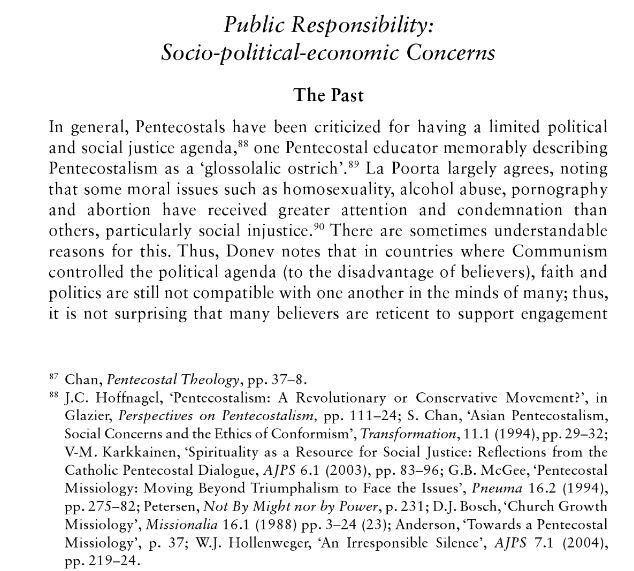
Bulgaria in the Tension between NATO, Ukraine and Russia
Bulgaria‘s strategy in the crisis over Ukraine, adopted at today’s cabinet meeting, will be aimed entirely at the Bulgarian army, and our country will make every effort to resolve the conflict peacefully. This was announced by Prime Minister Kiril Petkov after the government session.
Some of the information during today’s sitting is secret and will not be announced, including to the deputies in the parliament, Kiril Petkov told the ministers. Later, it became clear from his words to the media that Bulgaria will focus all its efforts on resolving the Russia-Ukraine conflict through diplomatic channels. And our defense system will be aimed at developing the potential of the Bulgarian army.
Less than a day was the deadline given by Prime Minister Kiril Petkov to the Minister of Defense Stefan Yanev to prepare a draft of the national position of our country and measures to strengthen the security system in Bulgaria. The project was submitted and approved at today’s meeting.
The Council of Ministers decided to prioritize Bulgaria‘s strategy towards fully de-escalating tensions between NATO and the Russian Federation, as well as to use absolutely all opportunities through diplomatic channels to resolve this conflict. Our defense strategy will be based on the Bulgarian army. That means Bulgarian troops, Bulgarian command and Bulgarian military leadership, said Kiril Petkov, prime minister.
The Prime Minister expressed regret that over the years our army has been underfunded and stressed that we will work actively to cover precisely these deficits by avoiding the purchase of equipment that is not systematically selected. From now on, Bulgaria should not be just a consumer of security. It should be a constructive partner of NATO, said Kiril Petkov.
The Minister of Defense Stefan Yanev announced that together with the diplomatic efforts “Bulgaria must develop its defense potential in the direction of preparing a battalion battle group with Bulgarian troops and Bulgarian command”. On BNT he explained the details:
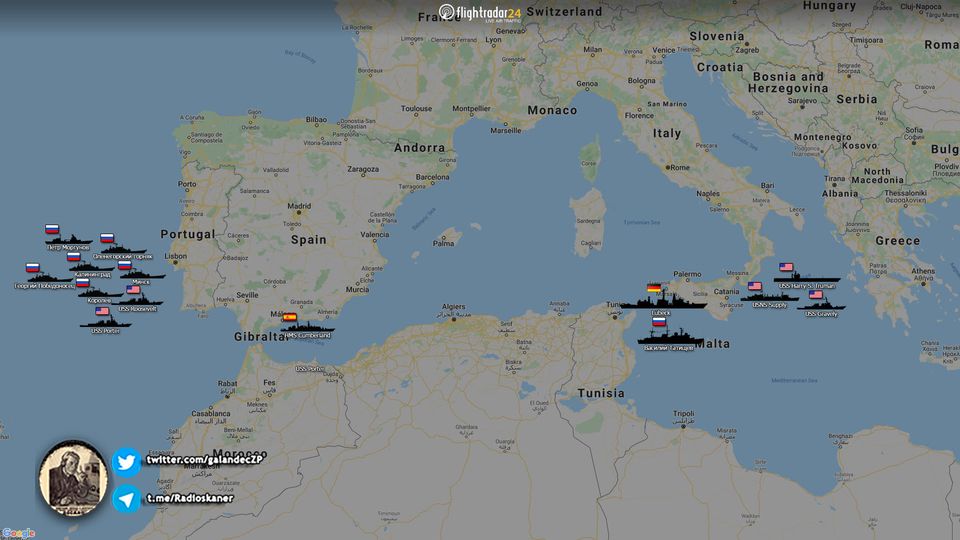 This will happen with a limited contingent, if we talk about what size – the order is not more than one battalion, not more than 1,000 people. A joint exercise is not a task, but a means, a joint exercise is a means to increase training and capacity. The battalion will take part in joint NATO exercises, which have been planned since last year, Yanev said. According to him, the decisions made today will be the Bulgarian position in the framework of the discussed measures in NATO.
This will happen with a limited contingent, if we talk about what size – the order is not more than one battalion, not more than 1,000 people. A joint exercise is not a task, but a means, a joint exercise is a means to increase training and capacity. The battalion will take part in joint NATO exercises, which have been planned since last year, Yanev said. According to him, the decisions made today will be the Bulgarian position in the framework of the discussed measures in NATO.
Neither the Prime Minister nor the Minister of Defense commented today on the information from the last days about the possible deployment of NATO ground troops and fighters in our country.
Source from Brussels: Bulgaria is Ready to Accept French Soldiers
And the Foreign Minister reminded that since December at all diplomatic forums our country has consistently insisted on the need to find a diplomatic solution to the conflict. These efforts will continue in the future. We hope that the conflict will be resolved diplomatically. However, diplomatic speech must be supported by the necessary evidence that we have the necessary defense capabilities, said Teodora Genchovska – Minister of Foreign Affairs.
The National Assembly heard out Kiril Petkov and ministers on Russia-NATO tensions at an extraordinary meeting today
The Prime Minister, the Ministers of Defense, the Ministers of Foreign Affairs, and the heads of the services in connection with the Russia-NATO tension and the Bulgarian position were heard in the parliament.
Bulgaria is not a consumer of security – this was stated by Prime Minister Kiril Petkov before the National Assembly. He added that in the current situation the Bulgarian army will be prioritized with a battalion, which will probably be formed in April-May. There is also a readiness to withdraw Bulgarian diplomats from Ukraine, but there is no such need at the moment.
The Minister of Defense highlighted the deficits in the Bulgarian army. The Foreign Minister pointed out that our country gives precedence to diplomacy.
MPs outlined dialogue as the best mechanism for resolving the crisis. They expressed concern about the state of the Bulgarian army and the possible economic consequences of escalating tensions.
The de-escalation of tensions is a top priority for Bulgaria, Prime Minister Kiril Petkov reaffirmed before parliament.
Bulgarian PM: Bulgaria is a Sovereign State. Russia should De-Escalate
“The escalation is real. We monitor all developments in this conflict on a daily basis. Our strategy for the first time has the idea of not being security consumers, but partners. Over the years, there are clear deficits in equipment in the Bulgarian army. We have different options – to prioritize the Bulgarian army, with Bulgarian troops, with Bulgarian command,” said Kiril Petkov.

The Minister of Defense further developed the idea of prioritizing the Bulgarian army.
“A Bulgarian battalion will be made and everything will be done through national communication channels. This means that this battalion will increase the pace of preparation. We do not envisage escalation. We do not envisage plans to defend national territory. Nor do we envisage plans for another team to go elsewhere, to a different place”, said Stefan Yanev – Minister of Defense.
The Foreign Minister pointed out that our country gives precedence to diplomacy.
“Obviously, Russia is trying to divide allies by dividing them into categories,” said Teodora Genchovska, the foreign minister.
Opposition party GERB expressed concern that our country may behave as a security consumer.
“We will support you if you stop raising dust with phrases such as ‘national interest’. For us, the national interest is to be a strong member of NATO. GERB governments have done a lot for our defense capabilities – we paid for ‘Cougars’ and ‘Spartans’, you will order and pay the next F-16s. If you offer us a meaningful position – we are ready to support you,” said Daniel Mitov of GERB-SDS.
“The only thing to say whether we are a consumer is how we set our priorities. Our priority is the Bulgarian army with Bulgarian troops,” said Kiril Petkov.
The political party Democratic Bulgaria expressed concern over the state of the Bulgarian army.
“The mission of the Bulgarian army is constitutionally set, but we are all aware of the degree of readiness of obsolete equipment and delayed modernization,” said Hristo Ivanov.
The opposition party Movement for Rights and Freedoms outlined the best solution to the problems in this crisis.
“Through discussion, transparency, and everything that leads to military action. What would be the economic consequences?” Mustafa Karadayi said.
“The main risks are in the energy sector,” Kiril Petkov replied.
And the coalition party “There Is Such a People” focused on the possible economic consequences of escalating tensions.
“Is there a scenario for the energy sector?” Victoria Vasileva of TISP asked.
“We have a clear plan and we are in communication with the EU on how this can happen. Bulgarian households and businesses will be able to count on it,” said Kiril Petkov.
The Bulgarian left welcomed the ruling party’s decision to de-escalate tensions.
“The key for Bulgaria is to maintain its position in this hysterical situation. Bulgaria will not engage in hostile and military action,” Christian Vigenin from the Bulgarian Socialist Party said.
The nationalist Vazrazhdane (Revival) party asked the prime minister if he thought Russia posed a threat to Bulgaria‘s national security.
“There is an escalation of hysteria in Bulgaria. Russian troops are just doing standard exercises. This is being used in the domestic political debate. We are not just a consumer of security, we are using security as a maneuvering ground,” party leader Kostadin Kostadinov said.
Russia has launched Military Maneuvers near Ukraine and in Annexed Crimea
Bulgarian PM: Bulgaria’s Sovereignty is Above Everything
“We have no master. No one can say otherwise,” said Kiril Petkov.

BULGARIA in Brill’s Encyclopedia of Global Pentecostalism
Brill’s Encyclopedia of Global Pentecostalism (BEGP) provides a comprehensive overview of worldwide Pentecostalism from a range of disciplinary perspectives. It offers analysis at the level of specific countries and regions, historical figures, movements and organizations, and particular topics and themes. The online version of the Encyclopedia is already available
For some of you it has been a long time ago that you submitted your article(s) for BEGP, for others it was a bit more recent, but I am very happy to announce that this Summer the print edition of Brill’s Encyclopedia of Global Pentecostalism will finally see the light. With this we can proudly close this chapter and proceed to see what the reception of the volume will bring! Thank you for being part of this great project!
To celebrate, we will organize an online symposium on September 16th, with presentations from the editors as well as 3 experts who will comment on BEGP: Amos Yong, Birgit Meyer and Néstor Medina. You can find more detailed information in the attached flyer. Please be welcome.
Registration is free (but necessary to receive a link); we will raffle one free copy of the print edition among the registered participants. For registration and questions, please send your message to begp@brill.com, mentioning Symposium in the subject line.
We hope to see you then!
Historic Trail of Tears Connects Polk Homeschool Families
Historic Trail of Tears Connects Polk Homeschool Families
by Dony & Kathryn Donev
During the past 10 years Polk County, TN has seen a shift in its demographics with an insurgence of families from New York, Florida, California and even Eastern Europe. The latter location is perhaps overlooked not officially recorded having the most complex reasoning behind the numbers. One explanation could be adoptions or perhaps another could be due to immigrants being attracted to Gateway Cities. Such are the larger towns as Bonita Springs, Cape Coral, Fort Myers and Sanibel areas of Florida. In California these would be Cerritos, South Gate, Long Beach or Sacramento. And of course New York City provides the ultimate gateway. Therefore, these individuals are simply recorded as being from these Gateways.
Many of these families which have sought refuge, so to speak, in rural areas are ones that homeschool. But this is not the reason for this article; for it is only natural that one leaving a busy urban area would naturally want to get away from all aspects of city life and create a more intimate learning experience for their children. Such is readily available through the natural amenities and safe seclusion along the original Trail of Tears which had many routes and roundup or dispersion points other than the three main roads which are thought of first. One of them just happens to be in Polk County, TN described below.
The Georgia Road or present day Federal Road was a route of the Trail of Tears with the Tellico Blockhouse as its starting point. The route ran from Niles Ferry on the Little Tennessee River near the present day U.S. Highway 411 Bridge, southward into Georgia. The road continued southward via the Federal Trail connecting to the North Old Tellico Highway past the present site of Coltharp School, intersected Tennessee Highway 68 and passed the site of the Nonaberg Church. East of Englewood, Tennessee it continued on the east side of McMinn Central High School and crossed Highway 411 near the railroad overpass. Along the west side of Etowah, the road continued near Cog Hill and the Hiwassee River near the mouth of Conasauga Creek where there was a ferry near the site of the John Hildebrand Mill. From the ferry on the Hiwassee River, the road ran through the site of the present courthouse in Benton, Tennessee. It continued south on Welcome Valley Road and then crossed the Ocoee River at the Hildebrand Landing. From this point, the road continued south and crossed U.S. Highway 64 where the Ocoee Church of God is currently located. Proceeding south near Old Fort, the route crossed U.S. Highway 411 and came to the Conasauga River at McNair Landing. Near the south end of the village of Tennga, Georgia stands a historic marker alongside Highway 411, which states the Old Federal Road was close to its path for the next twenty-five miles southward. This is some 15 miles from the historic Chief Vann Plantation. It would have been at this point in Tennga that the Trail of Tears would have taken a turn onto GA-2 passing the Praters Mill near Dalton Georgia to connect in Chattanooga.
The reason for this article is to make the connection which goes deeper than simply establishing the Hildebrand Crossing route with Welcome Valley and Old Federal roads as the connecting path of one of the last detachments of approximately 1,200 with the original Trail of Tears. A careful reader would quickly discern the obvious geosocial connection between the new homeschool families in the Polk area and the historical Trail of Tears, which was brought to light in a recent discovery in the Polk County TN Homeschool Network. Nearly a dozen of these families, which in the last decade made their journey to rural living in Polk County live nowhere else, but along the historic trail. Coincidence? Perhaps. Planned? Doubtfully so because most were not aware of this information as this route of the Trail is not a popular one and as such has remained virtually enigmatic. Now, we are in a quest for the logic behind such happening as well as to see if there are other Polk Homeschoolers that happen to also live along this route. If you have any contributing information to this ongoing project, we would love to hear from you. Visit us at www.PolkHomeschool.com or reach out to admin@cupandcross.com.
National Church Survey to Reveal State of the American Church in 2021
National church survey reveals important data about the state of the church in America today
The survey has been conducted for the past several years in several hundred congregations from all denominations across the United States. All collected national trends provide information about essential ministry dynamics and characteristics of the local congregation like:
- Church Type & Membership
- Teams & Leaders
- Praise & Worship
- Pastoral/Personal
- Mission & Vision
Subscribe to ChurchInfluence.com weekly newsletter to receive free each published report containing important information about current church trends in America today.
Sample reports from the national State of the Church survey include:
- 5 common church types across the nation
- 3 financial characteristics of the average church in America
- College education take over church leadership
- 4 leading types of pastor’s teams
- The growth of congregational ethnicity
- 6 dimensions of leadership training for small churches (80-120 members)
- Top 3 problems in church growth
- 8 Successful strategies to communicate with your church volunteer teams
- 4 age groups within the make of church membership
- 7 factors that make your congregational ethnos
- 20th century paradigm for church training still used today
- How can you improve worship within a church service
- 5 ways to improve how the community views your church
- 3 successful ways how to really spend half of your time in prayer and meditation
Though, the majority of participants were among Western North American Pentecostal/Charismatic congregations, the National State of the Church Survey brings results of the state of the church much similar to the ones presented by the Pew Forum, Barna Research Group and Gallup. While the said researchers present a more holistic to the Christian body information, the National State of the Church Survey brings a special focus of statistical data on Pentecostal/Charismatic congregations, their structure, leadership and praxis.
